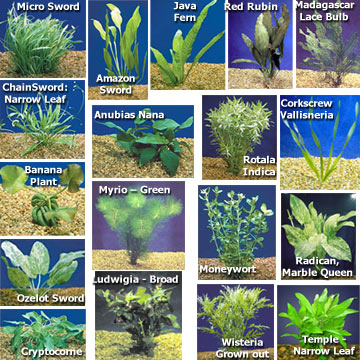October 14—What make a plant “invasive?” Choose one emergent, one submergent and one floating plant that are considered invasive in Texas. Provide a picture, brief physical description, and explanation of the problems caused by each. Why aren’t these plants a concern in their native areas?
Characteristics of an "invasive" plant -
Produce abundant viable seeds.
Produce seeds that germinate and leaves that leaf out early in the spring, and they keep their leaves late into the fall, allowing them to photosynthesize earlier and later than native plants.
Have few pests or diseases.
May produce chemicals that make it difficult for other plants to grow nearby.
Invade a wide variety of soil types, moisture regimes and light conditions. Invasives are typically generalists and can be difficult to kill.
Often produce monocultures over large areas so few other species can reproduce and grow.
Reproduce both sexually and asexually, making it easier for them to spread far and wide.
Common Water Hyacinth
- Aquatic plant that floats on water
- Thick, shiny, bright green, kidney-shaped
- leaves; 1-5” in width
Water Hyacinth can double its biomass within a month at optimum temperatures. The combination of floating mats and rapid growth of Water Hyacinth can clog waterways, reduce water flow, impede boat traffic, interfere with hydroelectric power generation, and outcompete native plant communities.
Eurasian Watermilfoil
- Rooted, submersed, aquatic plant
- Grows in 3-10’ of water
- Grayish-green leaves in whorls around stem
- Feathery appearance
In nutrient-rich lakes it can form thick underwater stands of tangled stems and vast mats of vegetation at the water's surface. In shallow areas the plant can interfere with water recreation such as boating, fishing, and swimming. The plant's floating canopy can also crowd out important native water plants. single segment of stem and leaves can take root and form a new colony. Fragments clinging to boats and trailers can spread the plant from lake to lake. The mechanical clearing of aquatic plants for beaches, docks, and landings creates thousands of new stem fragments.
In native areas, these invasive species are not a problem because there is natural competition going on, there are either fish, bacteria, or other things that make sure that these populations do not spread and invade the other things living in the ecosystem. But when these invasive species are entered into a non-native area, there is no competition or ability to drive it away and keep it from spreading so wildly like it is designed to do, therefore it becomes an invasive species and becomes out of control is some cases.









